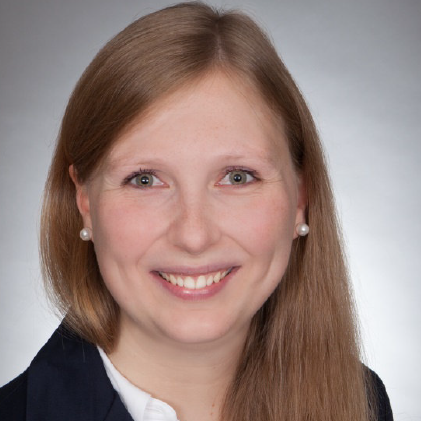When I first heard the news about a software localization conference in Hamburg, I was thrilled. Such a big city should definitely have that topic on the screen! And a conference is the best place to share opinions and experiences about that.
As this was the first time the conference was held, I had no clue what it would be like. So, last Thursday my colleague and I headed out to the Hello World conference - full of hopes and dreams 😉. And that’s how it was:
The WOW moment
I know that the venue shouldn’t be the most important part of a conference, and it wasn’t! But the view over Hamburg was the first thing that we noticed when leaving the elevator. And it was stunning! 20th floor right next to the harbour. Do I need to say more? It definitely was a great start into the day!
The academic background
The conference started off with talks related to machine translation and machine learning. The speakers mostly had an academic background and worked at universities. That’s not bad at all, but their talks were a bit too theoretical for my colleague and me. But it was definitely worth it for everyone who is into neural vs statistical machine translation, and who is interested in the latest researches and findings regarding that topic.
My favorite takeaway was that one way to answer the question “What makes a translation useful?” is another question: “How well is who did what to whom, for whom, when, where, why and how preserved in translation?”. (Meriem Beloucif)
The practical stories
After lunch, the content of the talks shifted from a more theorical view to a more practical one. Anne Sophie Delafosse kicked this part off with a talk about the challenges of localization at Deliveroo. That’s when I knew why I wanted to be at this conference! As Deliveroo is also working with the software localization tool PhraseApp, they’ve made similar or even the same experiences in terms of localization as we did. It was great to see how they tackled their challenges, as well as which workarounds and processes they use in comparison to us.
There was a 'Not Found' error fetching URL: 'https://twitter.com/phraseapp/status/1136606844384940032'
The next speakers were a bit concerned that they’ll only repeat what Anne Sophie just presented in her talk as they were also presenting their localization history and related workflows. But there was no reason for that. Each and every company found a flow that fits best to their needs and possibilities, and hearing about their challenges was very enlightening.
One lesson that they all had in common: localization is a vital part of a product. People will not use the product if they do not understand it. That’s why it’s not enough to “simply” translate words and sentences. You need to have so much more in mind, e.g. if you need to adapt images, colors, even whole workflows.
A good example for different workflows was brought up by Rikard Eide who works at Otovo, a company offering a solar platform. When they were thinking about expanding from Norway to Sweden, they figured out that translating the software is not enough. A whole new step needed to be implemented, as they were missing data that they were automatically provided with for the Norwegian market.
Not every native speaker can translate your software
Another lesson that nearly all speakers had in common when talking about their localization history: you need professional translators. This should be somehow obvious to everyone involved in software localization. But the reality shows that it’s often easier, faster, and cheaper to ask their native speaking colleagues. As they work with the product on a daily basis and speak the language in question, they will surely be able to help you out. But as Antonella Zagaria nicely summarized: “Native speaker != translator”.
The tips do the trick
Nothing of the above was really totally new to people working in the field of software localization. But that’s not the point. Plenty of articles have been published about localization requirements and localization guidelines. But what’s missing in most of them are the failures and challenges on the way towards the final results. It’s the little details about how people actually worked them out, or tips and tricks for workarounds when already working with a software localization tool.
Some general topics were covered, too, but this conference was clearly more about the HOW than the WHY or WHAT in terms of localizing software. And that’s why I gained so much from it!

